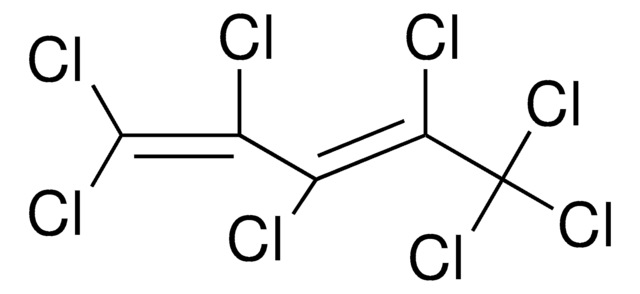427772
Polyethylene
average Mw ~4,000 by GPC, average Mn ~1,700 by GPC
Synonim(y):
PE
About This Item
Polecane produkty
Postać
powder
masa cząsteczkowa
average Mn ~1,700 by GPC
average Mw ~4,000 by GPC
lepkość
1.5 poise(25 °C, Brookfield Thermosel)(lit.)
mp
92 °C
liczba kwasowa
<0.05 mg KOH/g
temp. przejścia
softening point 106 °C (ring and ball)
gęstość
0.92 g/mL at 25 °C
InChI
1S/C2H4/c1-2/h1-2H2
Klucz InChI
VGGSQFUCUMXWEO-UHFFFAOYSA-N
Szukasz podobnych produktów? Odwiedź Przewodnik dotyczący porównywania produktów
Powiązane kategorie
Zastosowanie
Cechy i korzyści
Kod klasy składowania
11 - Combustible Solids
Klasa zagrożenia wodnego (WGK)
WGK 3
Temperatura zapłonu (°F)
Not applicable
Temperatura zapłonu (°C)
Not applicable
Środki ochrony indywidualnej
Eyeshields, Gloves, type N95 (US)
Certyfikaty analizy (CoA)
Poszukaj Certyfikaty analizy (CoA), wpisując numer partii/serii produktów. Numery serii i partii można znaleźć na etykiecie produktu po słowach „seria” lub „partia”.
Masz już ten produkt?
Dokumenty związane z niedawno zakupionymi produktami zostały zamieszczone w Bibliotece dokumentów.
Klienci oglądali również te produkty
Nasz zespół naukowców ma doświadczenie we wszystkich obszarach badań, w tym w naukach przyrodniczych, materiałoznawstwie, syntezie chemicznej, chromatografii, analityce i wielu innych dziedzinach.
Skontaktuj się z zespołem ds. pomocy technicznej






